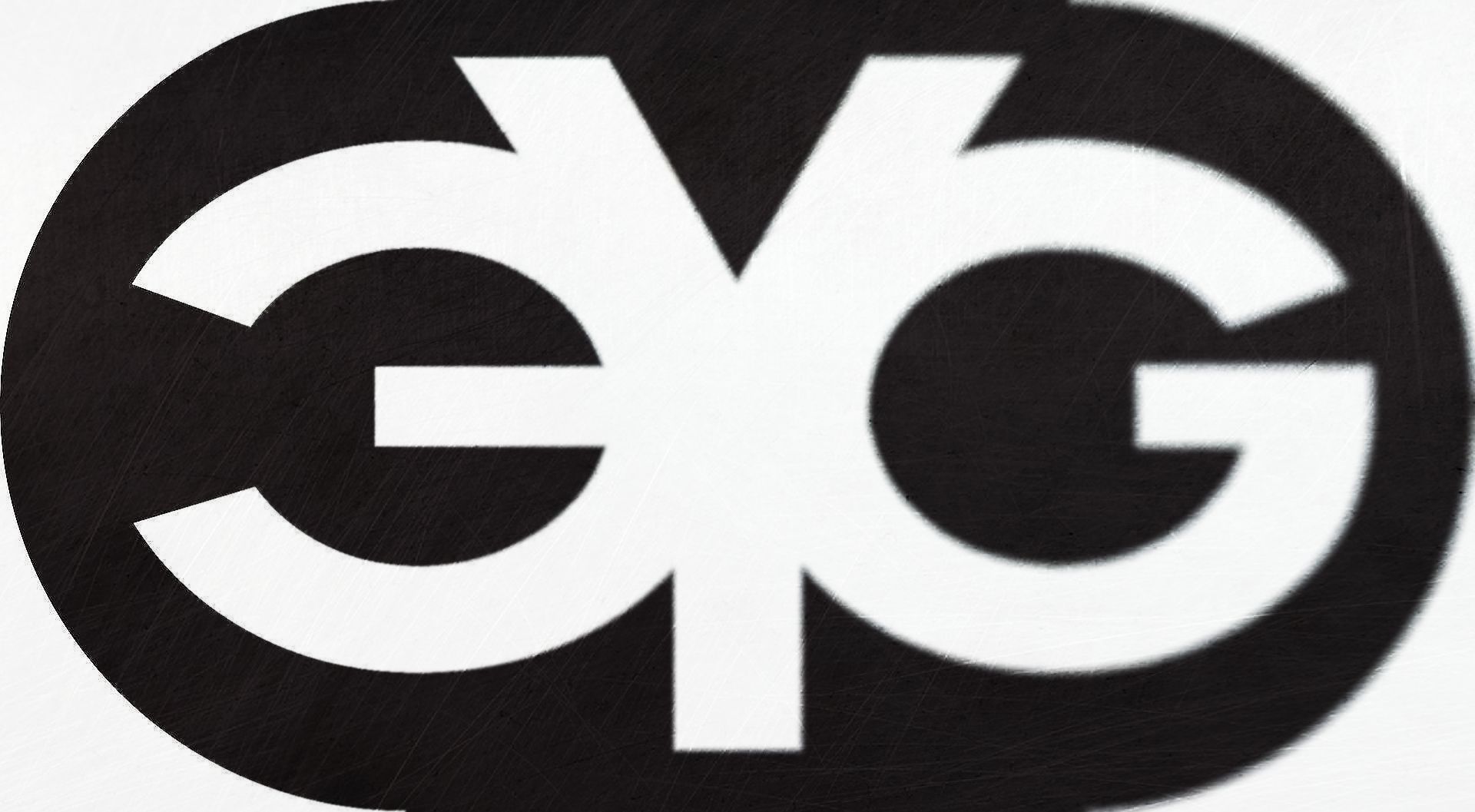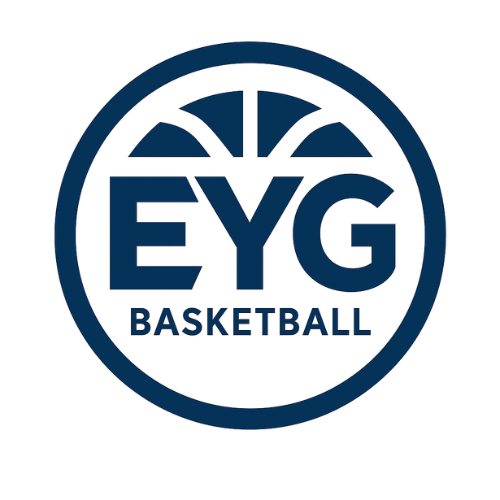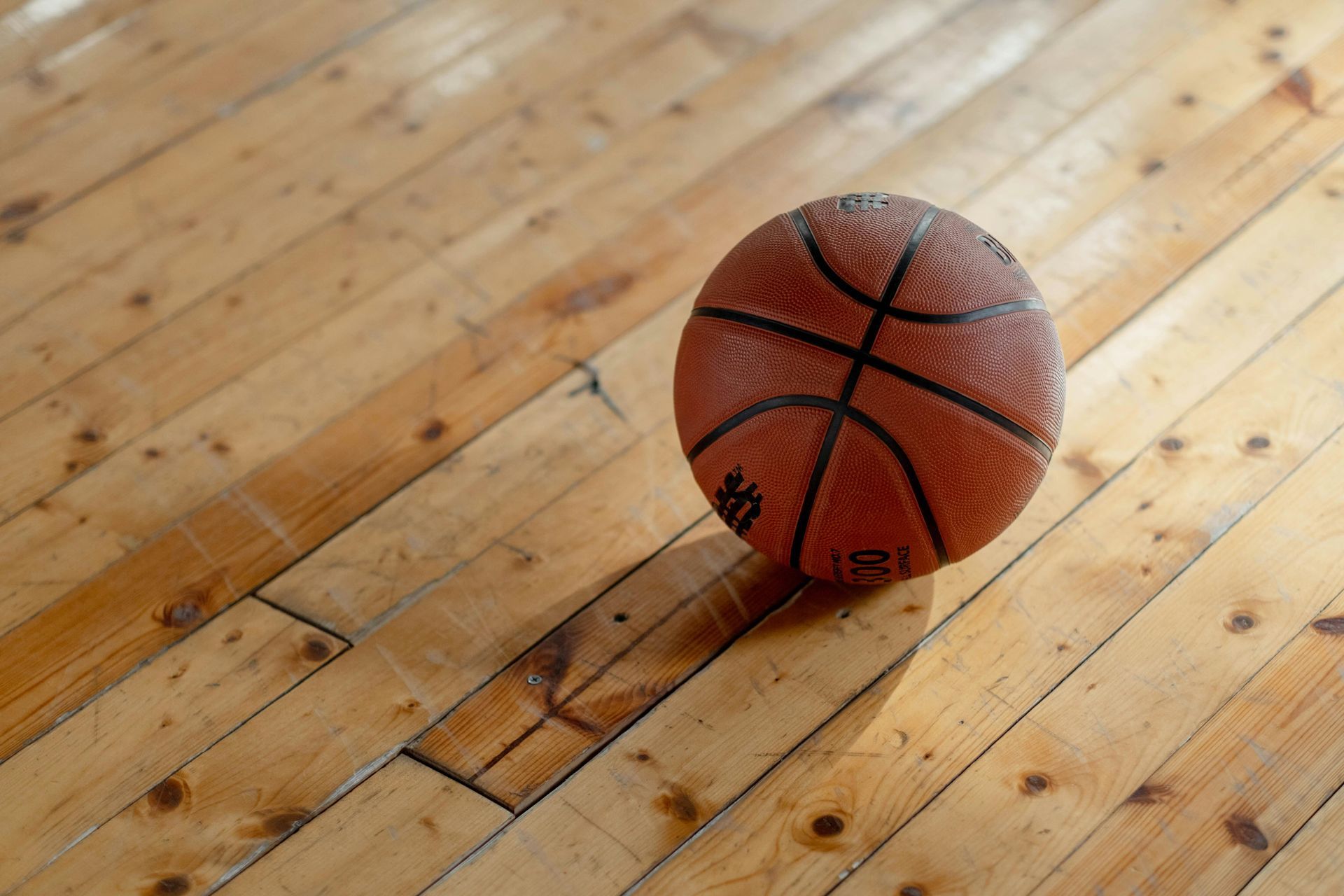Galen Harkness • January 30, 2024
Coaching: Unlocking the Potential in Every Player and Team
Coaching is an art form that transcends the boundaries of mere instruction and strategy

Coaching is an art form that transcends the boundaries of mere instruction and strategy. It is a journey of guiding, inspiring, and molding athletes, whether at the collegiate, high school, middle school, or youth level. Each player and team is unique, bringing a diverse set of skills, personalities, and backgrounds to the table. As coaches, our mission is to harness this diversity and channel it towards a singular goal: excellence in competition and character.
The Essence of Effective Coaching
At its core, coaching is about getting the best out of our teams and players. This requires a balance between building confidence and instilling discipline, rewarding both team play and individual effort. Effective coaching isn't just about winning games; it's about developing well-rounded athletes who excel both on and off the field.
Key Principles for Successful Coaching
1. Competitiveness: Encourage your players to compete with passion and intensity. This doesn't mean winning at all costs but fostering a healthy competitive spirit that drives improvement.
2. Teamwork: Emphasize the importance of sharing the ball and playing as a unified team. Success in sports often hinges on the ability of players to work together towards a common goal.
3. Coachability: Foster an environment where athletes are open to feedback and willing to learn. A coachable player is like clay in the hands of a skilled potter, ready to be shaped into something extraordinary.
4. Defense: Instill a strong defensive mindset in your team. Defense is often the unsung hero of sports, a critical component of any winning strategy.
5. Personal Growth: Strive to be the best coach you can be. This means continuously learning, adapting, and seeking new ways to motivate and improve your players and team.
Building the Foundation: Accountability, Trust, and Connection
A successful team is built on the foundation of accountability, trust, and connection. These elements foster a sense of belonging and commitment among players, leading to greater team cohesion and performance.
1. Accountability: Hold players responsible for their actions and performance. This teaches them the value of responsibility and the importance of contributing to the team.
2. Trust: Develop a mutual trust between you and your players. Trust is the glue that binds a team together, allowing players to take risks and play with confidence.
3. Connection: Create strong connections with and among your players. A connected team is a resilient team, capable of facing adversity together.
Bringing Out the Best in Teams and Athletes
To bring out the best in your teams and athletes, encourage them to play together, take risks, be aggressive, play with confidence, and handle adversity. These qualities are essential for both individual and team success. Remember, your role as a coach extends beyond the physical aspects of the game. You are also a mentor, a guide, and a role model.
Final Thoughts
Coaching is a rewarding yet challenging journey. It requires a delicate balance of discipline and encouragement, strategy and empathy. As coaches, we must constantly reflect on our methods and seek ways to improve. Remember, the ultimate goal of coaching is not just to win games, but to develop players who are confident, resilient, and team-oriented. Embrace this journey with an open heart and mind, and watch as your players and teams reach heights they never thought possible.
---
As coaches, let's take this opportunity to reflect on our practices and continually strive to elevate our coaching skills. Remember, the impact you have on your players extends far beyond the game. It's about shaping lives, building character, and creating lasting memories. Let's make every coaching moment count.
EYG helps players improve and reach their goals. When ready here are 3 ways EYG can help.
1. Training
- Private or small group memberships are available for players that want to put in extra work.
2. Camps
- these are great ways to get introduced to EYG and improve individually as a basketball player
3. Newsletter
- keeps you up to date on upcoming EYG events.
